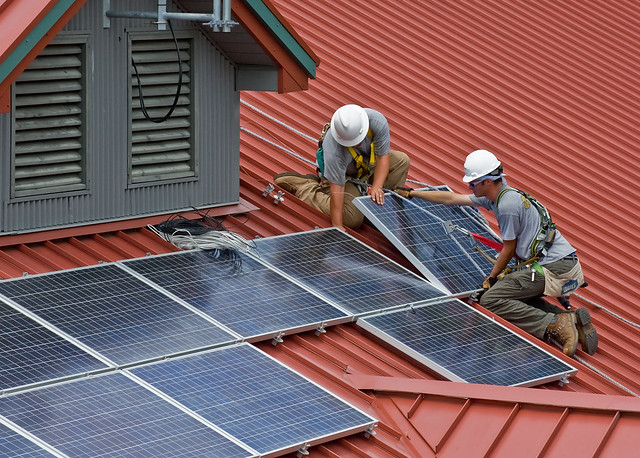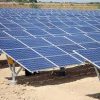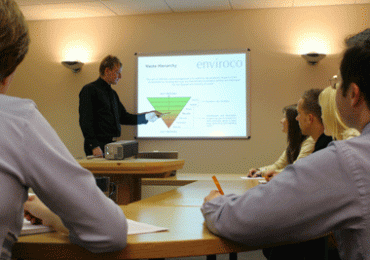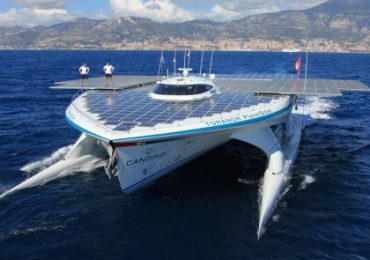Everyone loves to be in the sunshine, but solar panels need to be in the sunshine if they are going to respond the way you need them to. In Florida, the sunshine state, solar panels are becoming more common in residential areas as the entrepreneurial community responds to the environment. The environment consists of energy costs, new energy transition incentives, and consumer demand. The technology has advanced in the area of solar energy with the help of government legislation and subsidizing. For the consumer, it is important to begin planning with the end in mind when you think you may want to invest in solar panels. Just as a car does you no good at the bottom of the ocean, your solar panels do you no good in a box in your closet.
Know How They Work, Generally
We have all been on the phone when the reception is poor and probably joke, “Hold your head to the right, I can’t hear you.” While it is a joke, it is also true. With electronic devices that rely on continuous signals for sending and receiving, it is essential to put your device in a location to facilitate signal strength. The advantage of a phone, tablet, or laptop is that the signal producer is normally within a range that allows you to move about your room and find a spot where the signal is maximized. How does this relate to solar panels?
Solar panels function as a receiver and energy transfer device just like your electronic devices. You can turn the WIFI of your phone on but if it does not receive a signal it is not going to permit you to access the web. In like form, if a solar panel does not receive the signal it needs, sunlight, you are not going to get the energy you need for your home or equipment.
Take A Good Look
If your home is your castle, you must be a good king. Know to be wise and resourceful and think beyond the moment you are in. You must get to know your property and where its strength lies. Look at the foliage throughout the year for how high the trees are and how much shade hits your home. Good planners use vegetation to support the temperature goals of the home. Planning your home’s landscape around the seasons means having leafy shade trees in the summer to reduce the sunlight hitting your home to help it stay cool. In the winter, those same trees lose their leaves to allow sunlight to hit the home and help keep it warmer.
If you have the time to gather the information for sunlight exposure on your home the planning for solar energy use will be much easier. Solar panels need to have direct sunlight in order to work. If you have a solar powered calculator, you have what you need to understand the importance of orientation. If you set on your couch in a dark room and try to work the calculator, you will likely have difficulty. Solar-powered calculators have the miniature solar panel that must be positioned so the light falls on it. When you purchase your panels, they will work in a similar fashion.
The Right Orientation
Your roof has a slope to it for water runoff and is the most common place solar panels are mounted, although not always. Since most roofs have an apex with two sloping sides, you do have options for placement of panels unless you panel the entire roof. The look of solar panels is not the most aesthetic for those interested in high fashion trends. If you have a fly by night installer who drives up to your home and installs the panels based on the fall of sunshine at their time of arrival, it may not end well. If the installer listens to the homeowners desires for placement without regard to what the solar panels need, the results can be even more disastrous.
Homeowners know what improvements they will be making on their property and need to tell the installer if they intend to plant any trees or other items that might affect the panels. Orientation of solar panels must be done in a way that maximizes the ability of the panels to receive the sunshine. The sun will move across the sky during the day and if you have your panels attached vertically perpendicular to the ground the sun will only strike the panel for a very short period. If you place them parallel to the roof, the sun will shine upon it longer. As the sun moves across the sky, it will fall on it from a wider arc and extend the energy conservation potential.
Your roof may not be the best location for the panels. If your roof slopes on the north and south side as the sun moves east to west and the pitch is not favorable, you can spend much money on something that will not work. If you have a clearing and a big plot of land, it may benefit you to consider a dismounted panel assembly with the supporting ground attachments.
Take an honest assessment of your home’s potential for solar energy integration. There are programs that vary from state to state as incentives and tax deductions from the federal government. There is a cost benefit to reducing your home’s energy costs in addition to reducing global waste through energy use. If you do not feel comfortable assessing the potential gains, there are plenty of companies out there to help you with it. For more information lookup bobheinmillersolar.com and contact a representative who would be glad to assist you with any question you may have.
The writer, Ray Donato, has spent the past several years working hard to build a sustainable home, and one of the critical components to this development is the installation of solar panels to his property. He has learned from experts the best ways to keep his home green for the years to come. You can find out more about Ray on Google+.






